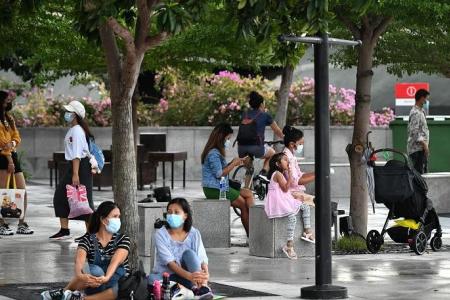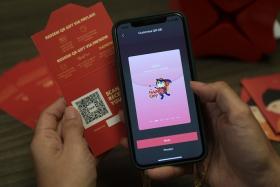Covid-19 White Paper: What did well, where were the lapses
Relative to other countries, Singapore did well in protecting lives and livelihoods through the Covid-19 crisis, says a review of the Government’s handling of the pandemic.
But there were situations that could have been better handled. The White Paper on Singapore’s Response to Covid-19 provides a closer look.
What was done well
1. Kept the healthcare system resilient
Singapore’s Covid-19 response involved not only its hospitals, but the broader healthcare system. Different levels of care facilities were created. Medical teams from the public and private sectors provided on-site care at dormitories. Hospitals converted wards to isolation beds while less-ill patients went to community care and recovery facilities.
2. Ran successful nationwide vaccination campaign
To secure timely access to vaccines, Singapore signed advance purchase agreements and made early down payments on the most promising candidates, including from Moderna and Pfizer-BioNTech.
Those bets paid off when the Health Science Authority approved the use of those vaccines starting December 2020. By late August 2021, 80 per cent of the population had been fully vaccinated.
3. Ensured supply chain resilience
The Government maintained the supply of essential goods through measures such as pre-emptive stockpiling and securing sea shipping. Emergency procurement measures were activated and long-standing networks tapped, to secure pandemic response-related imports and Singapore’s food supply.
Port and land links were kept open for the flow of goods. Singapore also never imposed any export controls, to send a signal it could be relied on to remain a hub for business.
4. Supported businesses, jobs and workers
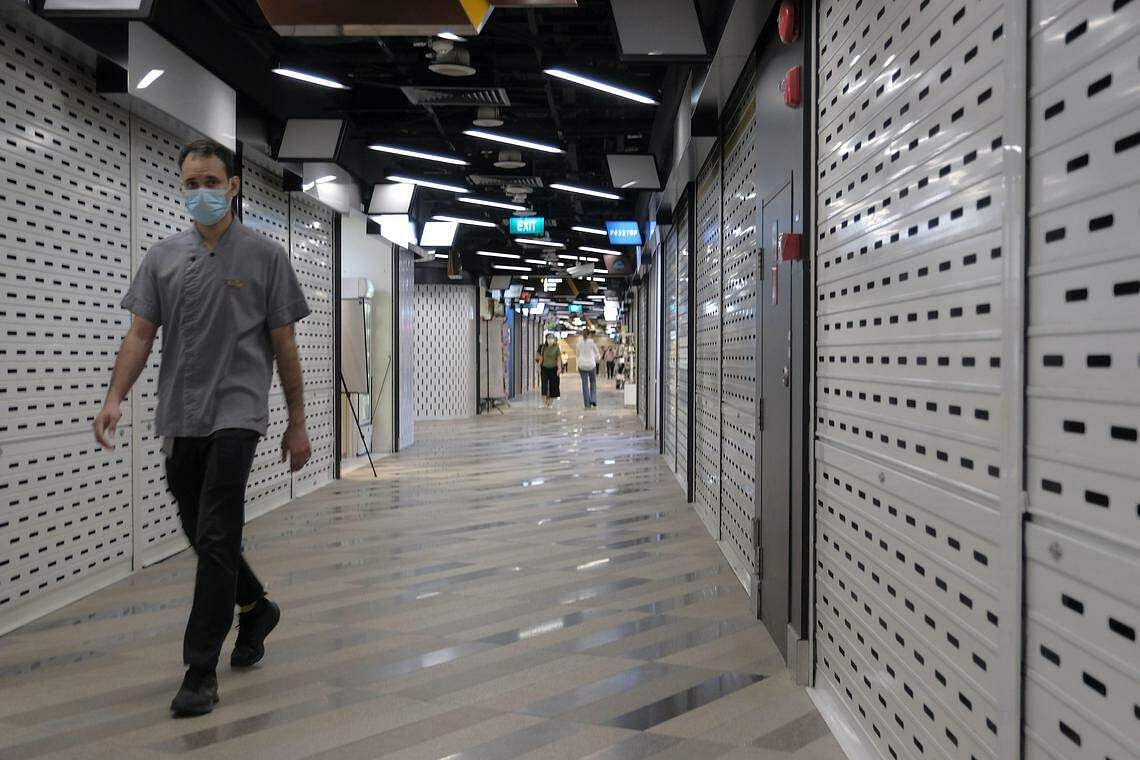
The worst hit sectors during the pandemic included construction, retail and food services, and travel-reliant industries. The government introduced temporary relief measures including rental rebates, bridging loan programmes, and deferment of loan repayments.
Jobs were saved by the Jobs Support Scheme (JSS) which paid a portion of workers’ salaries. It saved some 165,000 jobs during the initial months of the pandemic, and reduced the resident unemployment rate in both 2020 and 2021.
The new SGUnited Jobs and Skills Package to place jobseekers in short and longer term jobs also saw 200,000 places taken up.
5. Supporting the vulnerable
Temporary assistance schemes were started such as the Temporary Relief Fund, Covid-19 Support Grant, and Self-Employed Person Income Relief Scheme. Greater flexibility was also exercised over existing help schemes.
Moves were taken to protect the vulnerable elderly residents in nursing homes against the virus.
Mental well-being was adversely impacted, especially for isolated seniors and adolescents. Help groups checked up more frequently on seniors alone at home. A national hotline for those experiencing emotional distress from the pandemic was also set up.
6. Kept education going
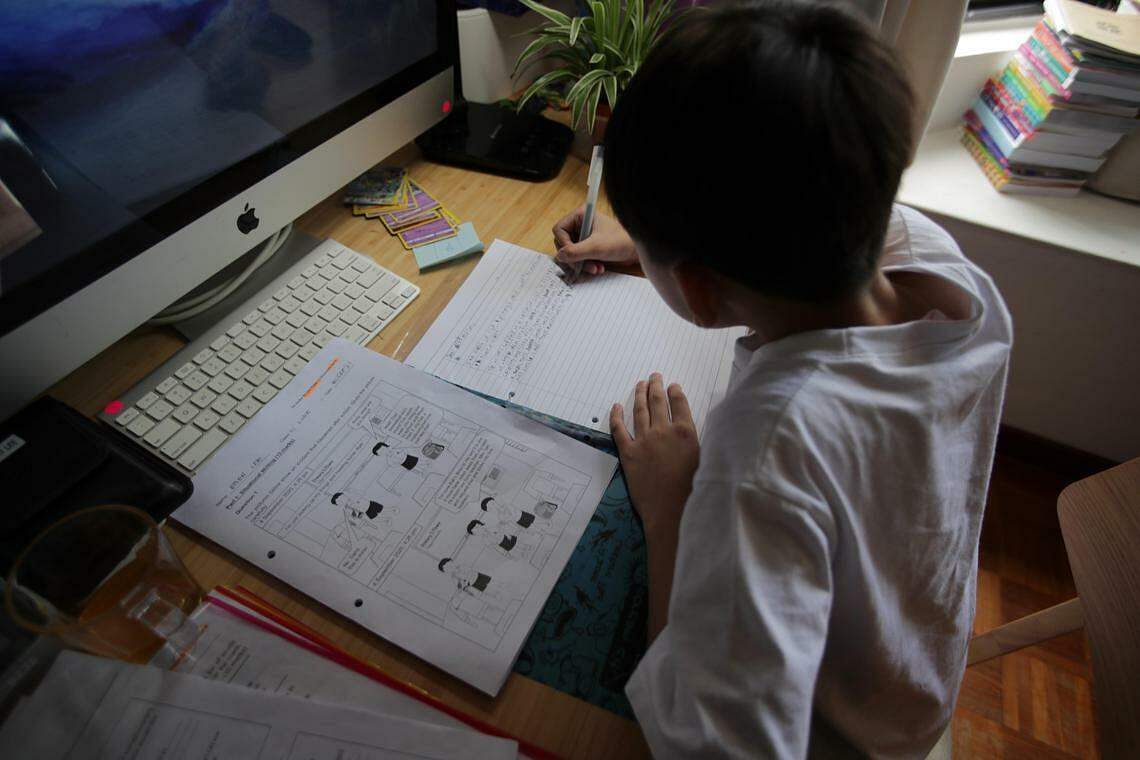
Singapore was reluctant to close schools but prepared for it. During the circuit breaker, all schools went to home-based learning. Teachers and children alike had to adjust to remote online learning. Schools stayed open only for those who had no care arrangements or conducive home learning environments.
After Singapore lifted the circuit breaker, home-based learning remained a feature of curriculum time. Safe management measures ensured national examinations could proceed and curriculums were adjusted.
HBL enabled Singapore to equip students with personal digital devices, which normally would have taken years.
7. Maintained effective communication
Effective communication was critical to maintaining public trust, a key factor in the smooth handling of the crisis. Information was made through channels like the regular multi-ministry taskforce press conferences, and a dedicated Gov.sg Whatsapp channel. The Government also stepped up efforts to counter misinformation, scams and foreign influence operations. Correction directives were issued under the Protection from Online Falsehoods and Manipulation Act Office against those making false statements.
8. Rallied the nation
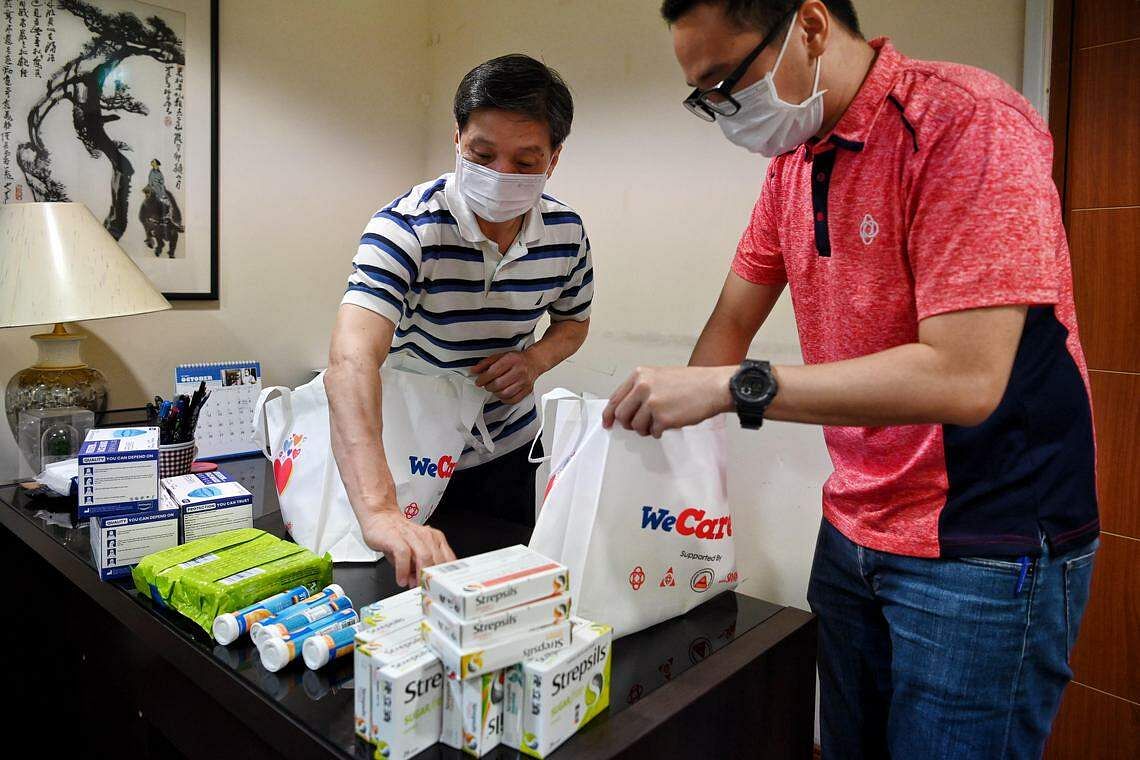
The Government called on existing partnerships with stakeholders from the public and private sectors to respond to demands and changes on the ground. The strong network of People’s Association grassroots volunteers distributed masks, encouraged seniors to get vaccinated, and delivered food to quarantined individuals.
Volunteer-led groups helped migrant workers, put together care packages for healthcare workers, and distribute used laptops to families and individuals who lacked such devices.
Private companies also made contributions, from housing recovered workers to lending expertise with cold chain management for vaccine storage. Within government, agencies not directly connected to the pandemic took on functions that were far from their normal missions for a whole-of-government approach.
What could have been done better
1. Outbreak in migrant worker dormitories
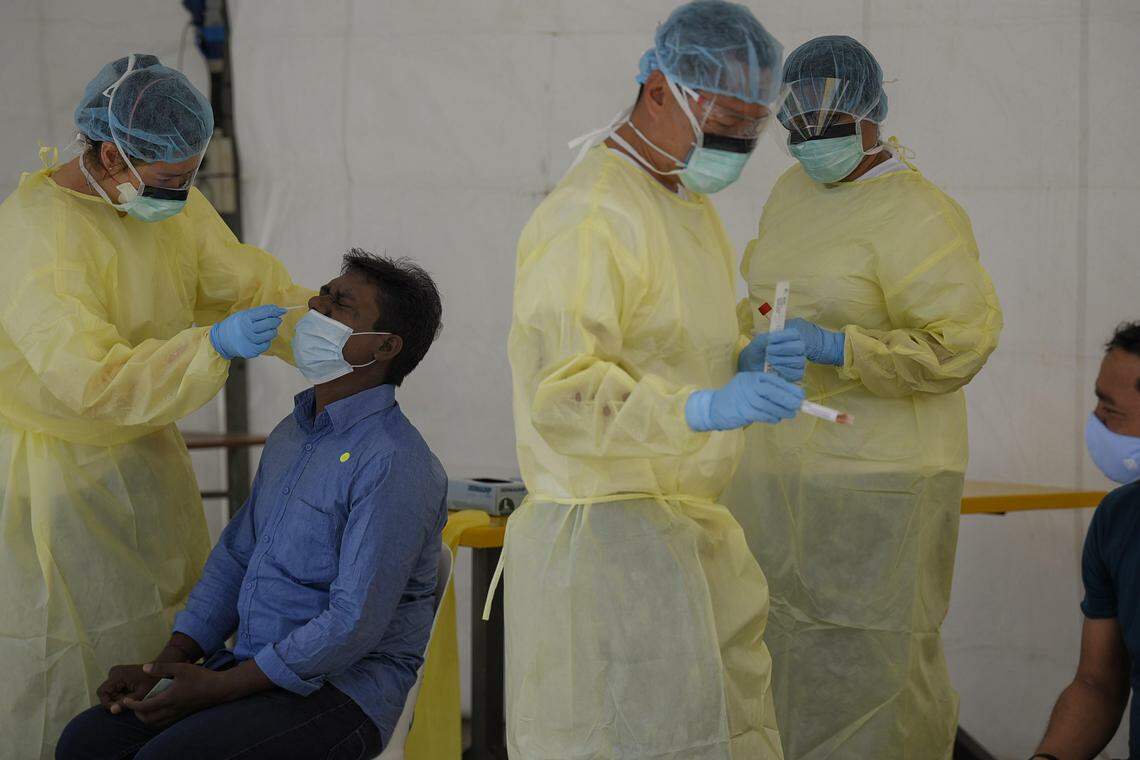
The Government did not move quickly enough to conduct early and better surveillance of dormitories, given their communal living conditions, or to detect and isolate infected individuals. The White Paper acknowledged early precautions taken were not enough.
And rather than ease movement restrictions for migrant workers after most of them had been vaccinated and boosted, the Government instead acted out of an abundance of caution. This took a toll on their mental well-being. The report said there needs to be more accurate and reliable information on the migrant worker community, and more comprehensive medical support for them.
2. Border measures
To protect Singapore’s status as an air hub and protect livelihoods, Singapore enacted progressive border closures, at the start of the pandemic, and during Delta. Instead, it should have tightened border measures more aggressively the moment there were signs of the virus spreading, even at the risk of overreaction.
More public education is also needed on the role of border measures in outbreaks and what they can and cannot achieve.
3. Mask policy
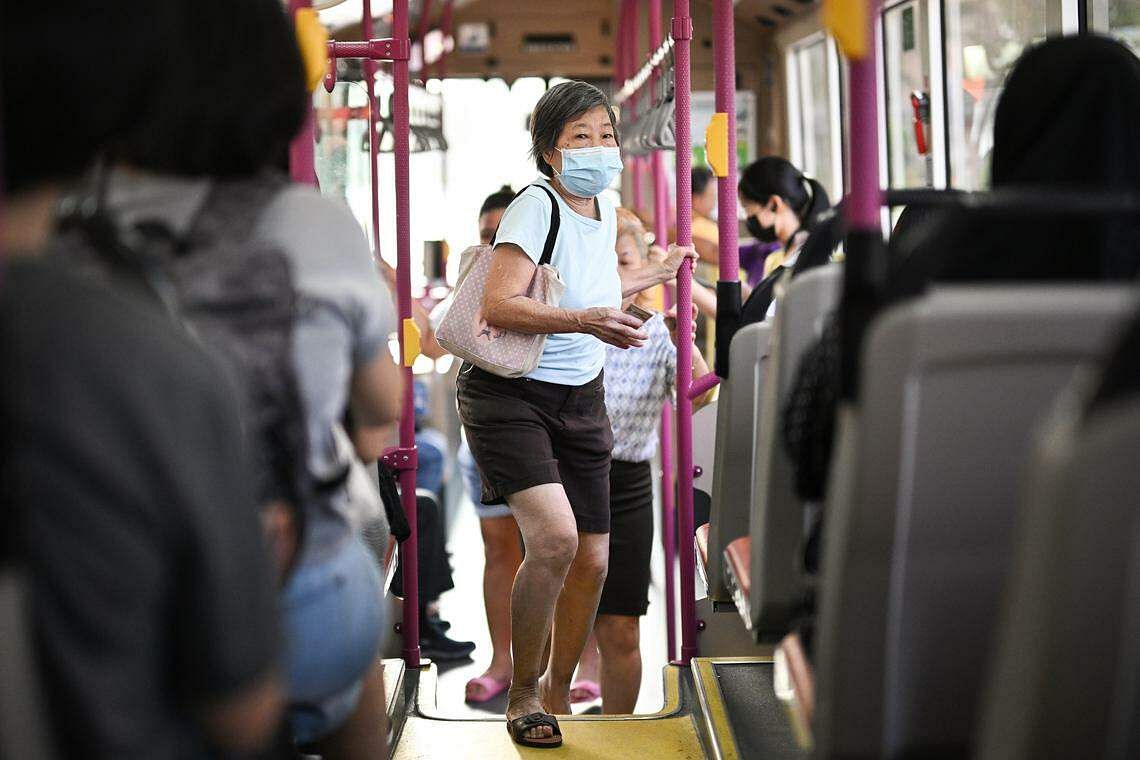
At the start of the pandemic, the Government said face masks were not needed unless individuals were feeling unwell, as there was little evidence then of asymptomatic spread, and a global mask shortage. Mask-wearing was made mandatory in April 2020 when it was known the virus could be transmitted before onset of symptoms.
The public viewed this as a U-turn, which affected public trust. Instead, the Government could have been less definitive in its position on mask-wearing before it learnt how easily the virus spread, and encouraged people to devise their own face masks
4. Contact tracing data
The use of the TraceTogether as well as SafeEntry reduced contact tracing time from four days to 1½. But it took several months to get into gear, as TraceTogether at first did not cover people without smartphones. This was solved with the introduction of the tokens.
However, the programme suffered another setback when it was disclosed in Parliament that TraceTogether data could be used in police crime investigations. This contradicted earlier assurances and caused much public unhappiness. The Government should have been clearer about its use right from the start.
5. Covid-19 rules and safe management measures
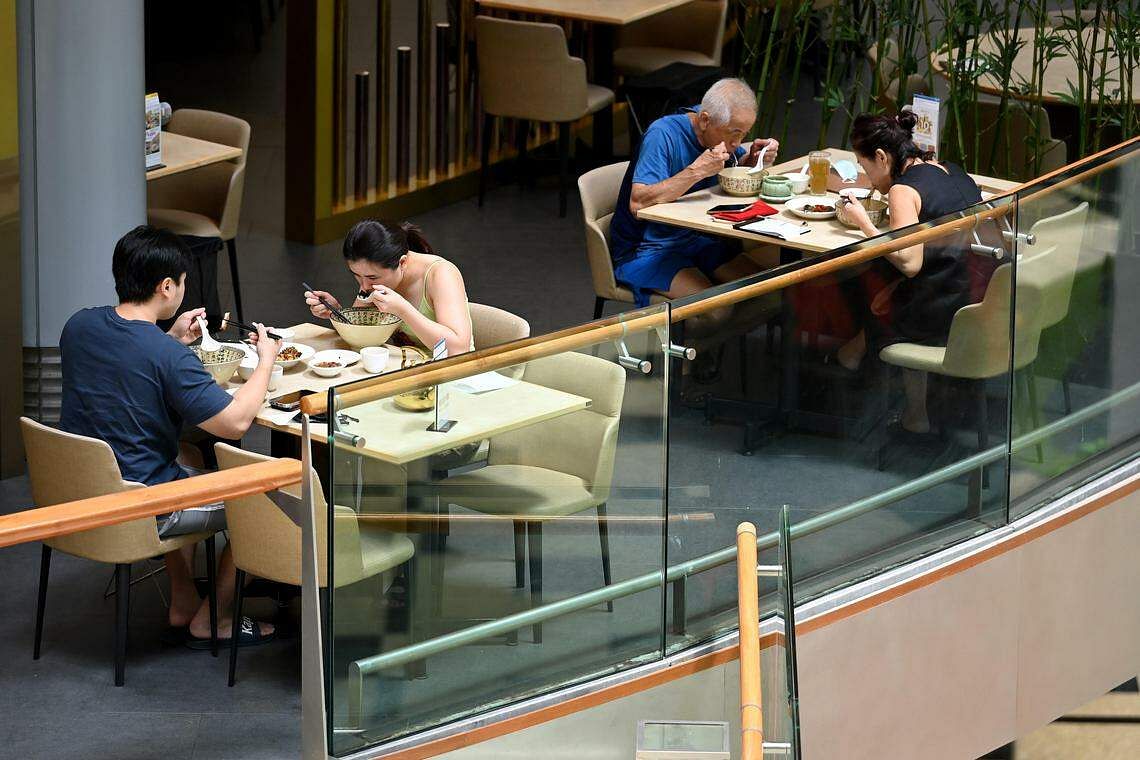
Some rules and safe management measures were overly calibrated, needing to be changed frequently as the situation evolved. They became confusing and frustrating for the public.
Authorities should exercise flexibility in a crisis, go for broader-brush but more implementable measures, and guard against the instinct to aim for unrealistic standards of perfection.
6. Transition to endemicity
Singapore raised the idea of Covid-19 becoming endemic in May 2021, but over the second half of 2021, tightened and relaxed measures repeatedly as the Delta variant caused cases to surge. People became frustrated when they did not see the new strategy of living with Covid-19 materialise.
In reality, Singapore was adjusting to the changing nature of the virus, so as not to overwhelm the healthcare system.
Teething issues also beset the rollout of the Home Recovery Programme, which was launched more quickly than expected to cope with the fast-growing numbers of infections. People did not know when to recover at home and found it hard to get answers.
Get The New Paper on your phone with the free TNP app. Download from the Apple App Store or Google Play Store now

